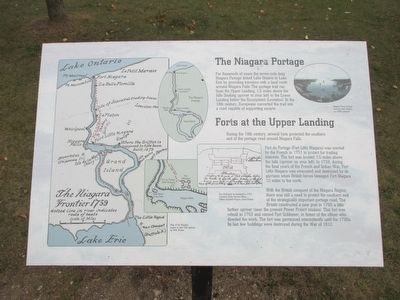As you approach the Minidoka National Historic Site in Idaho, one of the first structures to greet you is the Honor Roll. This three-panel monument, topped with a striking Bald Eagle cutout, stands as a poignant reminder of the sacrifices made by Japanese Americans during World War II. Originally constructed in the autumn of 1943, the Honor Roll was created to honor the young men and women from the Minidoka camp who served in the military. At its inception, the center panel listed 418 names, but as more individuals from the camp volunteered or were drafted, two additional side panels were added to accommodate their names.
The creation of the Honor Roll was the work of Kenjiro Nomura and Kamekichi Tokita, two talented artists who were business partners in Seattle before their internment at Minidoka. Their artistic vision, combined with the efforts of Chief Gardener Fujitaro Kubota, who landscaped the surrounding ornamental garden, transformed the Honor Roll into a site of beauty and reflection. This garden not only provided a stunning backdrop but also offered a place of solace for the camp’s inhabitants.
Minidoka had the highest percentage of incarcerees from any of the ten camps to serve in the military, highlighting a complex narrative of patriotism and injustice. The monument is adorned with significant quotes, such as President Franklin D. Roosevelt’s assertion that Americanism is a matter of the mind and heart, and Secretary of War Henry Stimson’s declaration of the right of every faithful citizen to bear arms.
Although the original Honor Roll’s fate is unknown, historic photographs guided the reconstruction efforts. In 2011, thanks to the collaborative efforts of the Friends of Minidoka, the National Park Service, and the Nisei Veterans, a new Honor Roll was erected. It was dedicated during the Annual Pilgrimage to the site, symbolizing the enduring spirit and resilience of those who were wronged yet chose to serve their country.
This Honor Roll serves as a powerful educational tool, prompting discussions on the themes of wartime incarceration, civil liberties, and the challenges of reconciling patriotism with injustice. It stands not only as a memorial to the over 950 people from Minidoka who served but also as a testament to the broader narrative of Japanese American experiences during World War II.



